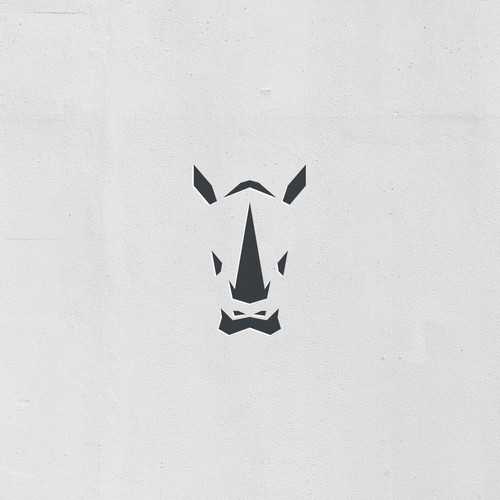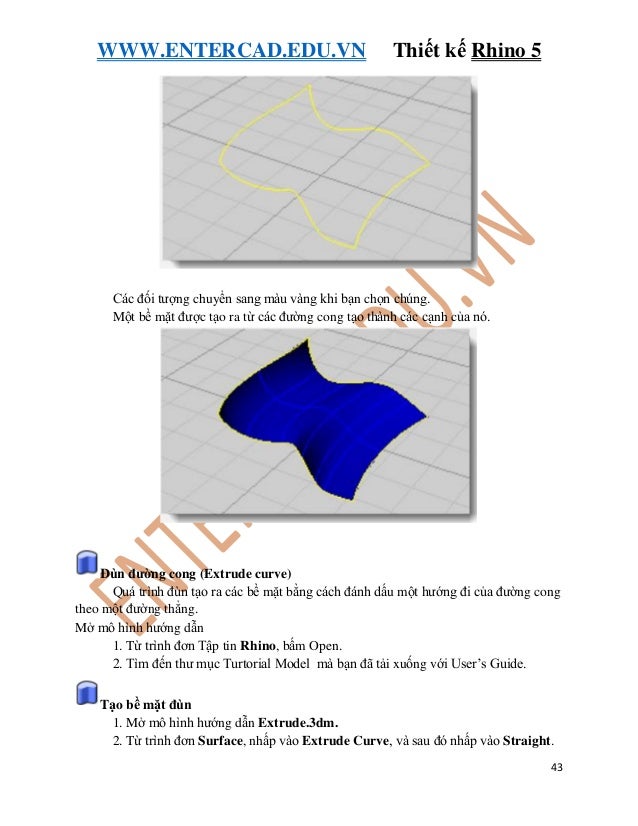

However, a few examples of sculptures showing one-horned rhinoceroses are also known, for example on a bronze cylinder supported by three rhinoceroses from the tomb of King Cuo of Zhongshan (late 4th century BC).

Most depictions of rhinoceroses in Shang, Zhou and Han art show two distinct horns, and in some cases wrinkles around the eyes are also evident, which are features only found in the Sumatran Rhinoceros (Indian and Javan rhinoceroses only having a single horn). Īll three Asian rhinoceros once lived in China. A wooden sculpture of a charging bull-like creature with a huge single horn, similar to modern reconstructions of the Elasmotherium, was discovered in a late Western Han (206 BC – AD 9) tomb at Wuwei, Gansu in 1959. It has been speculated that the Chinese " unicorn", known as the qilin or zhi is a cultural memory of the Elasmotherium. In prehistoric times, China was home to the gigantic one-horned Elasmotherium, which survived until the late Pleistocene, becoming extinct as late as about 20,000 years ago. Warring States period bronze belt hook in the form of a two-horned rhinoceros, from the State of Ba (modern Sichuan). On the other hand, many scholars believe that the sì refers to a type of wild buffalo, or even that the si may have been used as a name for both the more common buffalo and the rarer rhinoceros. Some authorities suppose that the sì refers to the one-horned Javan Rhinoceros, and some follow the definition given in the Ming Dynasty materia medica, Bencao Gangmu, that the sì is the name for a female rhinoceros. It is evident from these two sources that the xī refers to the two-horned Sumatran Rhinoceros, but it is not clear what exactly the sì refers to. In the Erya glossary, probably compiled during the 3rd century BC, the xī is said to resemble a boar, whereas the sì is said to resemble an ox, but the commentary by Guo Pu (276–324) elaborates, stating that the xī is like a water buffalo, but with a large paunch, short legs, three toes on each foot, and three horns on a pig-like head, two on its forehead and one on its nose and the sì has a single horn. It has a horn on its nose and another one on the crown of its head it resembles a pig" and the sì is defined as being "like a wild ox and dark-colored". In the early 2nd century dictionary, Shuowen Jiezi, the xī is defined as "an ox occurring beyond the southern frontier. There are two ancient Chinese characters that have been interpreted as meaning 'rhinoceros': xī 犀 and sì 兕 (the former character is used in the modern Chinese word for 'rhinoceros', xīniú 犀牛).


 0 kommentar(er)
0 kommentar(er)
